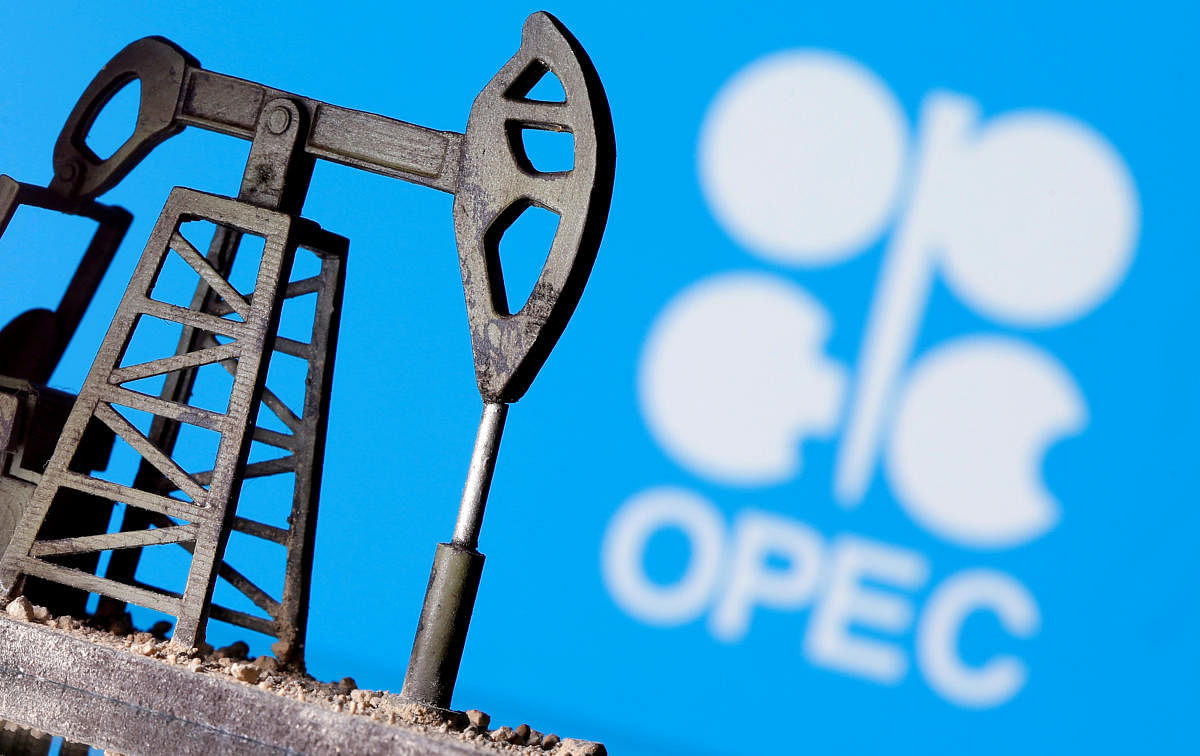
OPEC fears its record oil cuts will fail to rebalance the market and solve the worst glut in history if a second wave of the Covid-19 pandemic undermines an economic recovery later this year, according to internal OPEC research seen by Reuters.
OPEC, Russia and their allies, a group known as OPEC+, said they would ease record oil curbs from Aug. 1 citing a gradual recovery in demand as global lockdowns loosen up.
The group expects oil demand to climb by 7 million barrels per day (bpd) in 2021 after falling 9 million bpd this year. OPEC wants to lift its output by 6 million bpd in 2021. {OPEC/M]
But internal research by OPEC, seen by Reuters, suggests those targets could be at risk if a second wave of the virus forces new lockdowns around the world.
Such a scenario would push demand down by 11 million bpd in 2020 and, most importantly for OPEC, lead to bigger inventories, a key measure OPEC uses to monitor the efficacy of output cuts.
"It should be noted in this scenario that the overall stock build reaches an unprecedented high of 1.218 billion barrels in 2020," OPEC said in research prepared for Wednesday's OPEC+ panel meeting where ministers recommended easing output cuts.
Such a figure would mean putting into storage the equivalent of more than 12 days of global oil output due to poor demand.
Under the "second wave" scenario, global stocks would fail to drawdown in the third quarter and would only modestly decline in the fourth quarter, staying about 149 million barrels above a five-year average in industrialised OECD nations.
OPEC has said it wants to keep inventories at or below the five-year average. Its current base case scenario foresees OECD stocks staying 104 million barrels below a five-year average in the OECD by the end of 2020 after a drawdown later in the year.